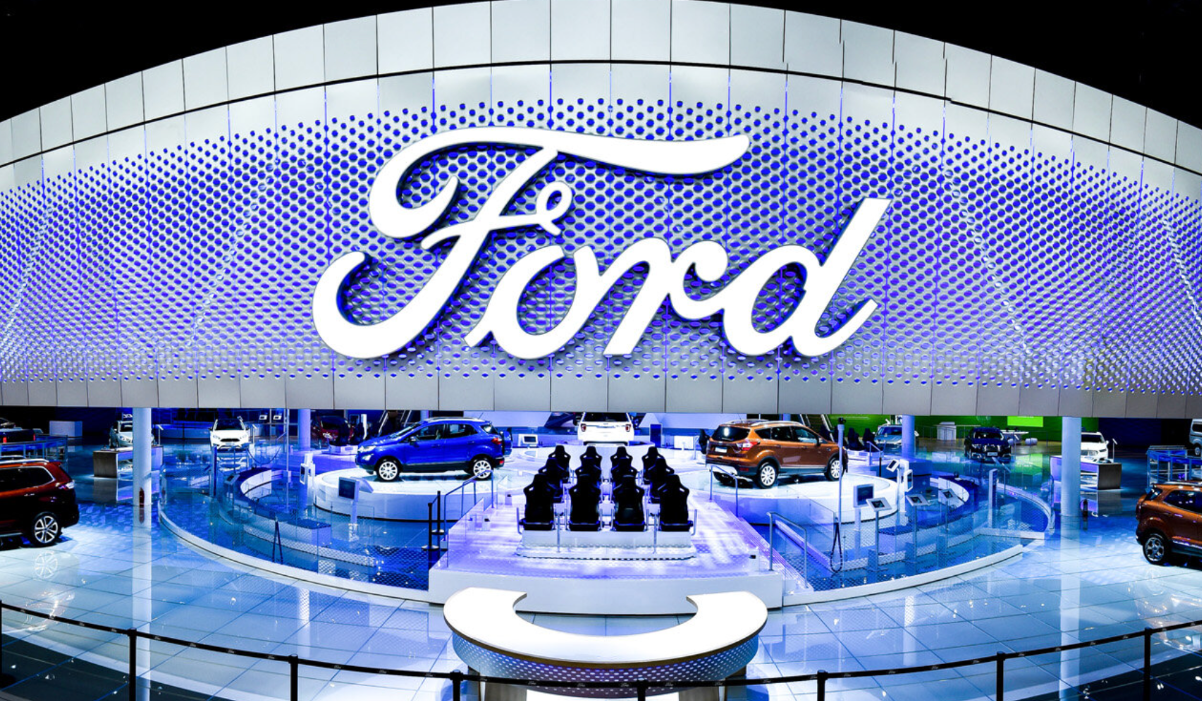Ford’s First Shot at Escaping Transformation
Just split the electric vehicle business into independent operation, and Ford is ready:
By 2024, it will launch 9 pure electric vehicles, including the already released Ford Mustang Mach-E and E-Transit, as well as 7 new models.
In addition, Ford officially announced a series of plans for plant construction and expansion, and cooperation in power battery production.
However, Ford did not bring the smart configuration, plan, and progress.
Just a few days ago, Ford completed the split of its electric vehicle department Model e, which is seen as a signal to roll up its sleeves and fight the new forces.
And now, the complete family of pure electric vehicles has arrived:
9 pure electric vehicles, including the Ford Mustang Mach-E, the commercial vehicle E-Transit, scheduled to be launched in the second half of this year, and 7 new models.
The deadline is set for 2024, which is 2 years later.
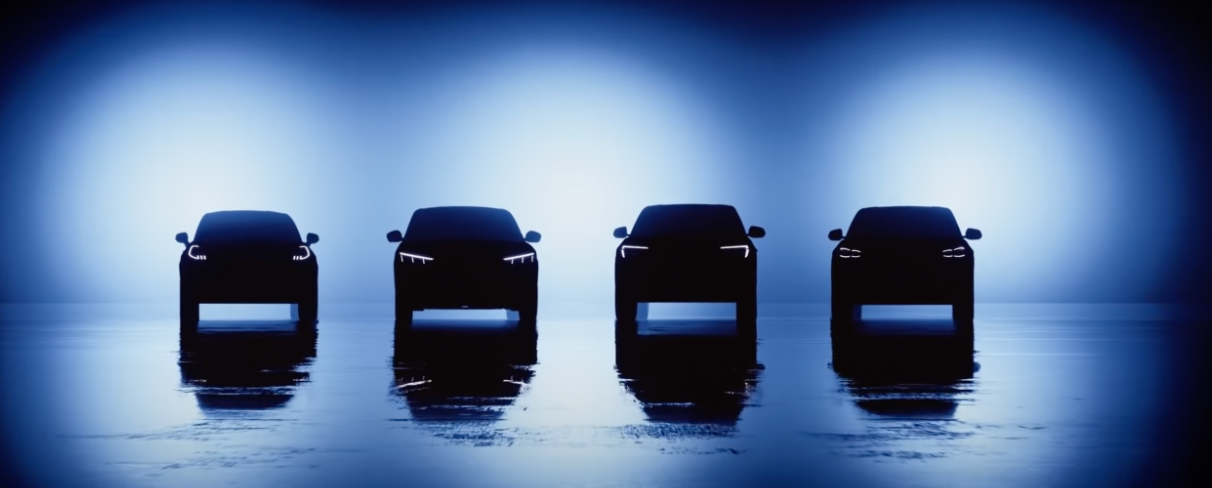
According to the plan, these 9 pure electric vehicle models, including 4 passenger cars, in addition to the Ford Mustang Mach-E, the other 3 are electric versions of Ford’s existing fuel vehicles. They are the compact SUV, Ford Puma, and two crossover cars of different sizes, Ford Crossover.
There are 5 commercial vehicles, including 3 Transit series box trucks and two Tourneo series minivans.
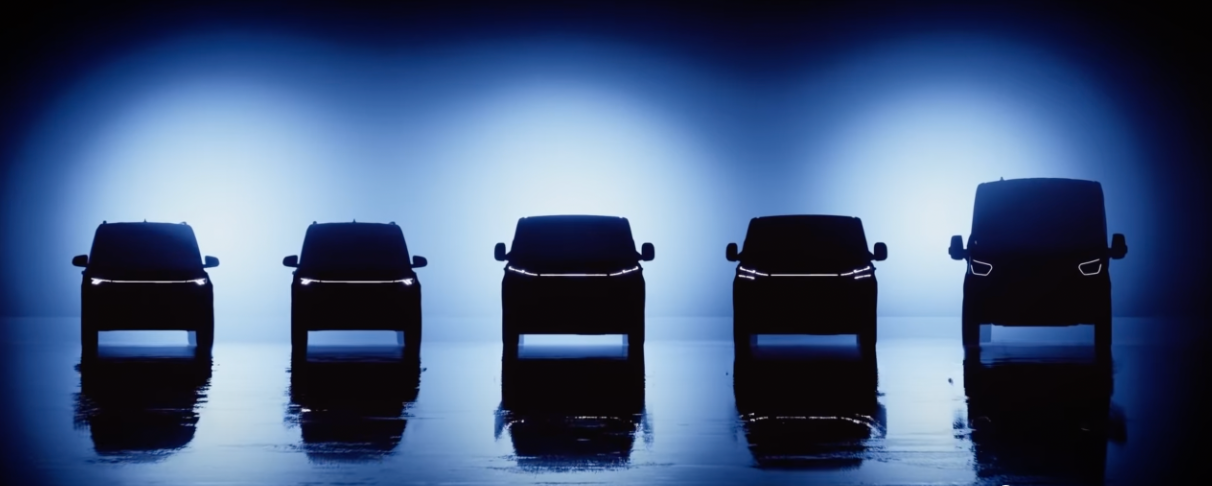
With the launch of new models, there is also a series of plans for plant construction and expansion, and power battery matching design.
According to the official disclosure, Ford plans to invest $2 billion in upgrading capacity at its Cologne factory in Germany, and the upgraded factory is expected to produce 1.2 million pure electric vehicles over the next 6 years.
In addition to increasing production capacity, Ford is also accelerating the expansion of its circle of friends in the pure electric vehicle race.
At the same time as announcing the new vehicle model plan, Ford announced that it would deepen its cooperation with Volkswagen on the pure electric vehicle platform MEB, and the two sides plan to build the second electric vehicle on the MEB platform.
It is worth noting that Ford’s first pure electric vehicle model based on the Volkswagen MEB platform is the well-known Ford Mustang Mach-E (known as the Ford E-Mustang domestically).According to reports, the MEB pure electric platform is designed with a modular structure, and Volkswagen’s ID series of pure electric vehicles are developed based on this platform.
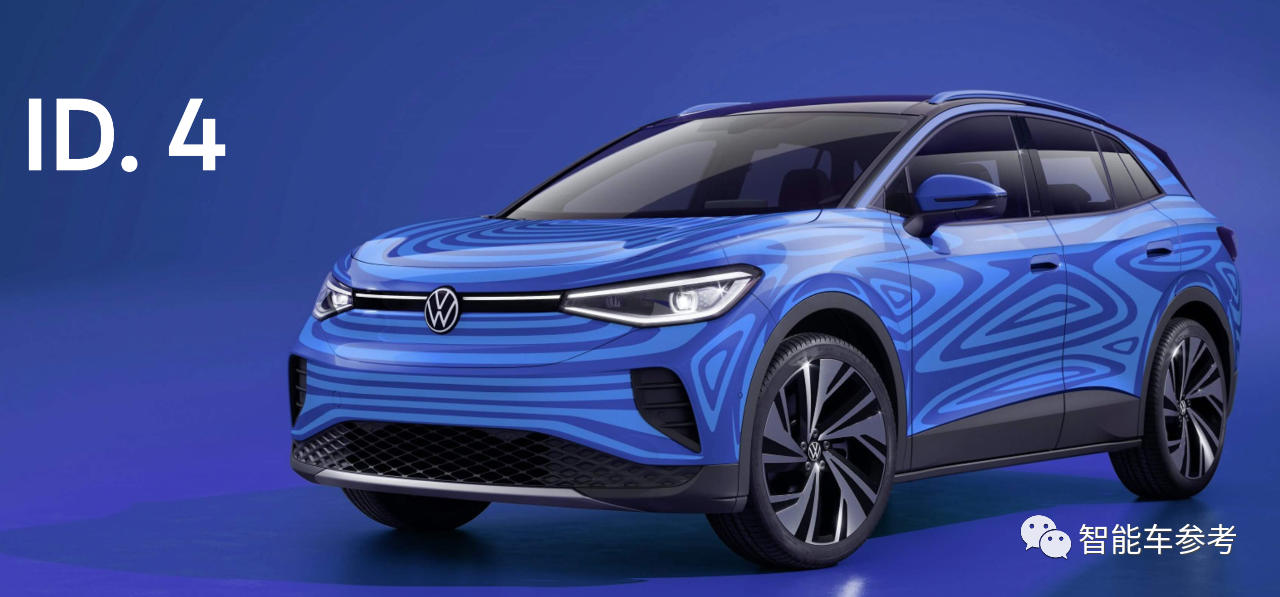
In the field of electric vehicle power batteries, Ford has signed a non-binding memorandum of understanding with SK On, a South Korean battery company (a subsidiary of SK Innovation), and Göz Kontrol, a local Turkish enterprise, to establish a battery joint venture and produce high-nickel NMC batteries in Turkey.
According to the plan, the factory will start production as early as 2025, with an expected production capacity of 30-45GWh per year. Ford stated that if the production is successful, the factory will become one of the largest commercial vehicle battery production bases in Europe.
However, Ford disclosed that the 9 new pure electric vehicle models are mainly targeted at the European market, and it is currently unclear whether they will be introduced in China.
According to official information, the European new vehicle plan is part of Ford’s global electrification transformation plan.

According to Stuart Rowley, Chief Transformation and Quality Officer of Ford Model e, Europe is one of Ford’s largest global markets, and the plan is to sell 600,000 electric vehicles per year by 2026, 1 million by 2030, and achieve 100% electric vehicle sales by 2035.
With 9 new models, expanded production lines, and co-production of power batteries, Ford’s first shot in this survival-oriented transformation aims primarily to pursue pure electric vehicle sales.
As for the other key point of transformation—smartization, especially in the field of intelligent driving, Ford did not mention it this time. However, we can also see Ford’s smartization capability from the Ford e-Mustang, which showcases the company’s intelligent capabilities.
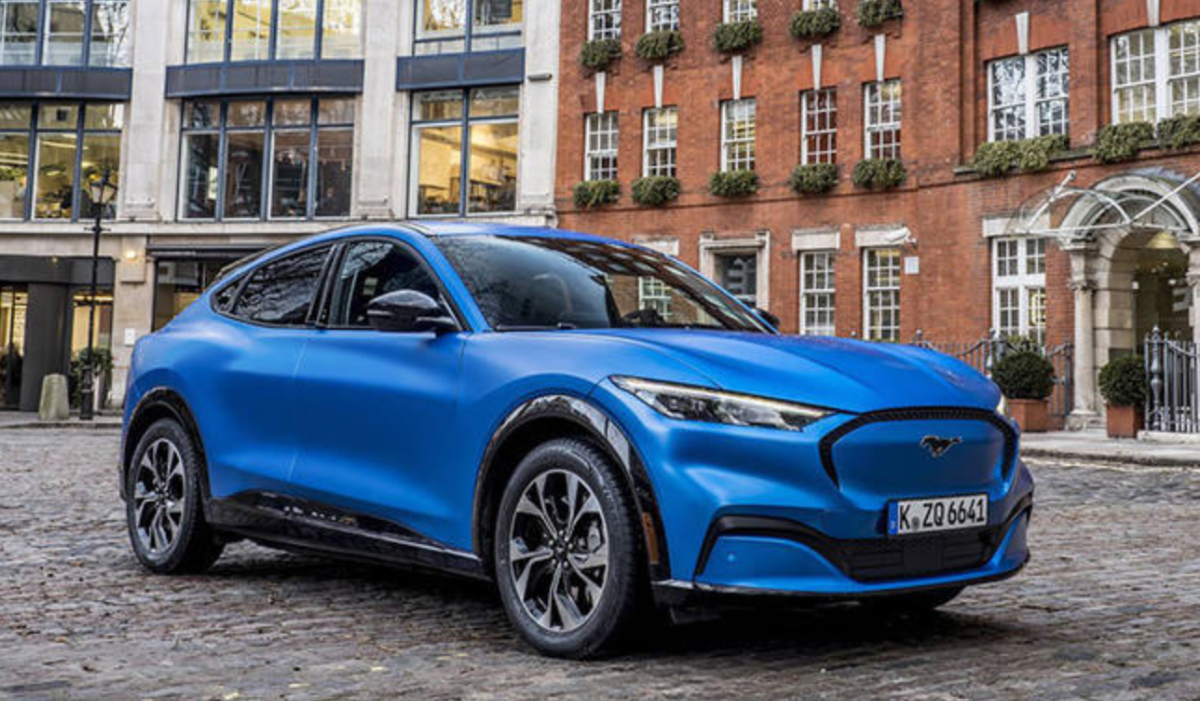
How is Ford’s intelligence performance?
According to the information released by Ford e-Mustang when it landed in China at the Shanghai Auto Show last year, intelligentization of e-Mustang is mainly embodied in three aspects:
First, intelligent architecture.
According to officials, the Ford e-Mustang is equipped with the Ford FNV (fully network vehicle) intelligent electronic and electrical architecture.
This intelligent architecture is a cross-domain architecture, and its internal interfaces have high extensibility. Almost all components, including sensor accuracy and controller logic, can be continuously upgraded and evolved through FOTA to ultimately achieve nearly 100% vehicle OTA upgrades.
Translate Chinese Markdown text into English Markdown text, keeping HTML tags and only outputting corrected and improved parts in a professional way:
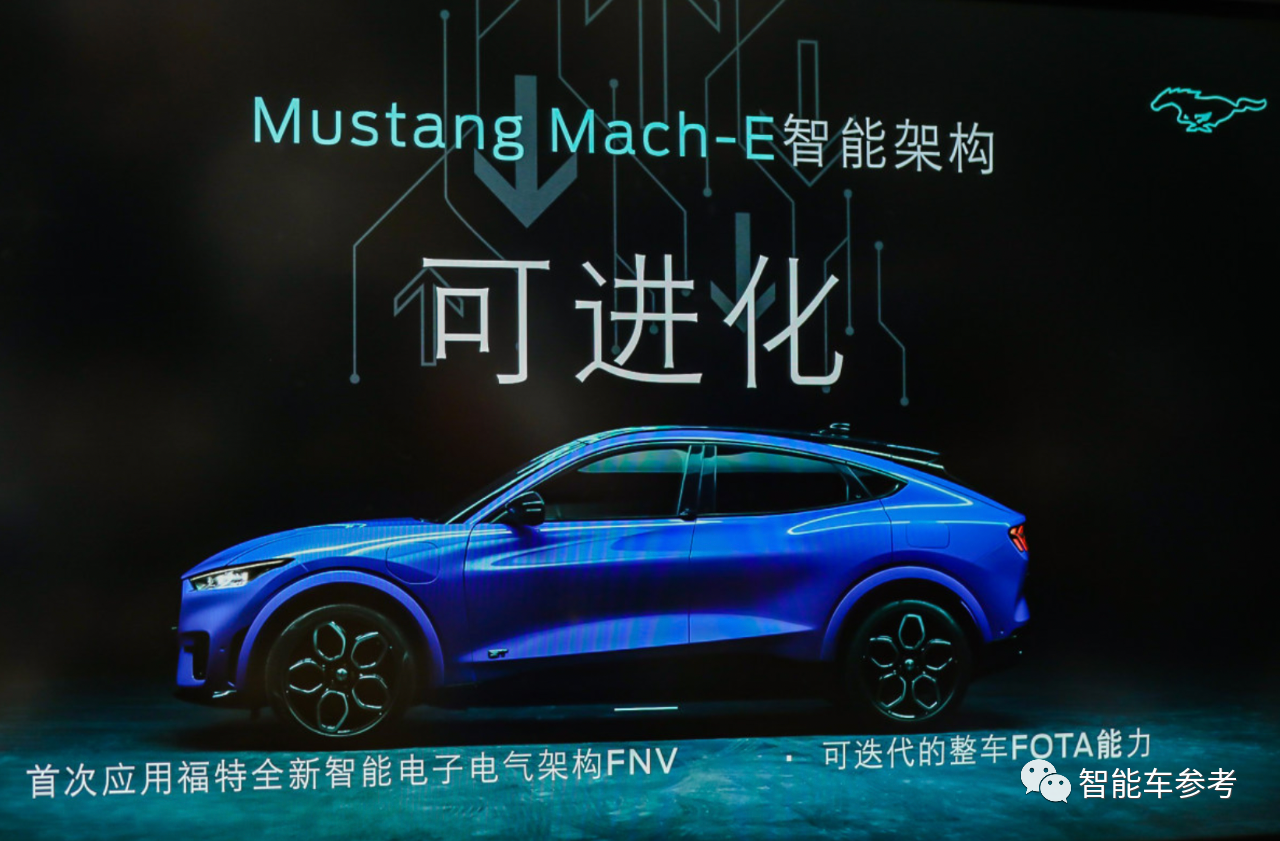
Next is the smart cockpit.
In terms of cockpit hardware, the latest automotive-grade processor Snapdragon 820A from Qualcomm is used, providing high-performance, stability, and expandability for various functions of vehicle-mounted AI, without any stuttering.
Based on the computing power of this chip, AI capabilities will come into play from the moment the owner gets in the car.
For example, it allows for perceiving the surroundings within 40 meters, interacting within 3 meters, controlling the car within 1 meter, and checking the status of the vehicle, remote start and air conditioning, and locating the parking position of the car, not to mention using a phone as a car key.
In terms of human-computer interaction, Ford is equipped with the SYNC and Intelligent Driving Information Entertainment System developed by Ford and Baidu Apollo, which can achieve visualized interaction with the onboard voice assistant.
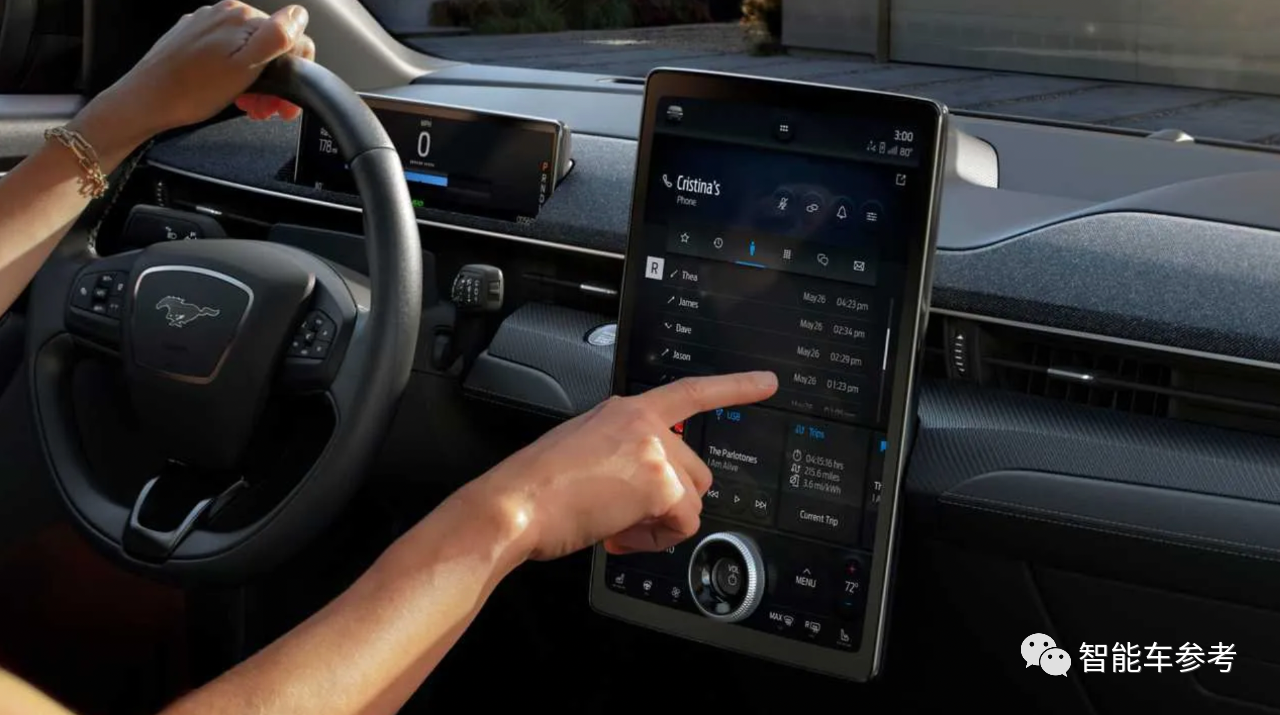
Last but not least, the smart driving capability.
Ford EMach-E is equipped with Ford Co-Pilot360 smart driving assistance system, a self-developed control domain for the whole car ADAS system based on Mobileye Q4, TI TDA Surround View Camera Processing Chip, NXP TreeRunner Ford Specialized Sensor Processing Chip, and Infineon Aurix Computer Chip.
In terms of sensors, the fusion solution includes 6 cameras, 5 millimeter wave radars, and 12 ultrasonic radars.
In terms of functions, 26 auxiliary driving functions are officially calibrated and can be continuously upgraded through OTA, among which the ability to assist active driving can achieve hands-free driving in a designated area, such as a high-speed ring road.
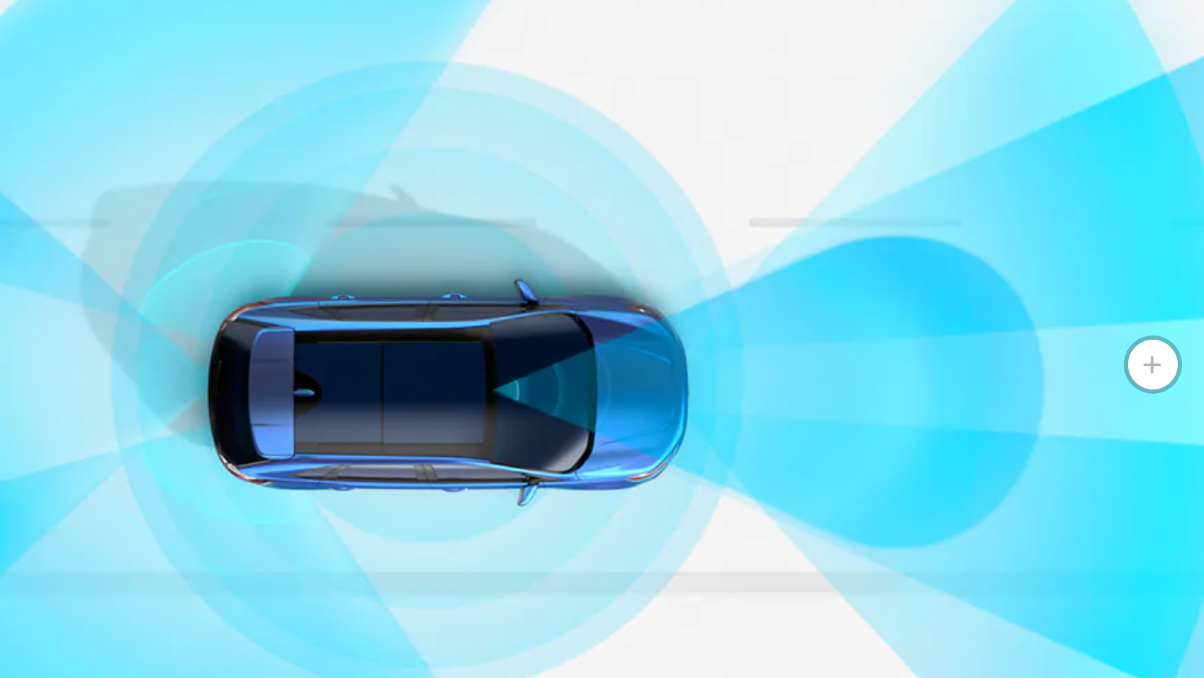
In addition, Ford also claims to have added a security redundancy system for vehicle-to-everything (V2X) besides the single-vehicle intelligence.
Judging from the riding and test-driving experience of the author, the capability of smart driving is not the top-level among domestic car companies, it still lacks compared with the new forces that focus on smart driving as well as some individual traditional car companies.
For example, XPeng and Great Wall have already pushed forward the high-speed navigation assistance function last year, and the intelligent driving assistance function for open roads in the city has also been tested and pushed forward in succession.
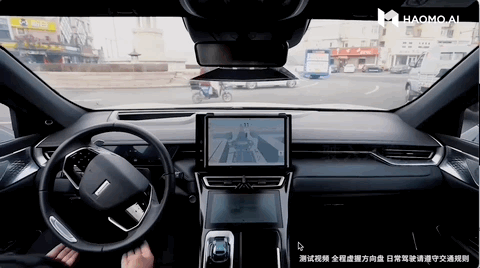
However, auto-lane changing and accessing ramps autonomously, which are already pushed forward and tested by aforementioned domestic car companies, have not yet been seen on the Ford EMach-E.“`
Of course, on the other hand, the sales volume of Ford Electric Horse in China has not yet taken off, and the delivery is also in the hundreds. It has already proved its Ford Intelligent Driving System on its home turf in the United States. Can it make a name for itself on the roads of China? This remains to be seen.
After all, only when the quantity is increased and the data sample size is larger, will the achievement be more objective. What do you think?
— The end —
“`
This article is a translation by ChatGPT of a Chinese report from 42HOW. If you have any questions about it, please email bd@42how.com.
